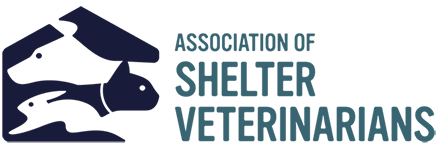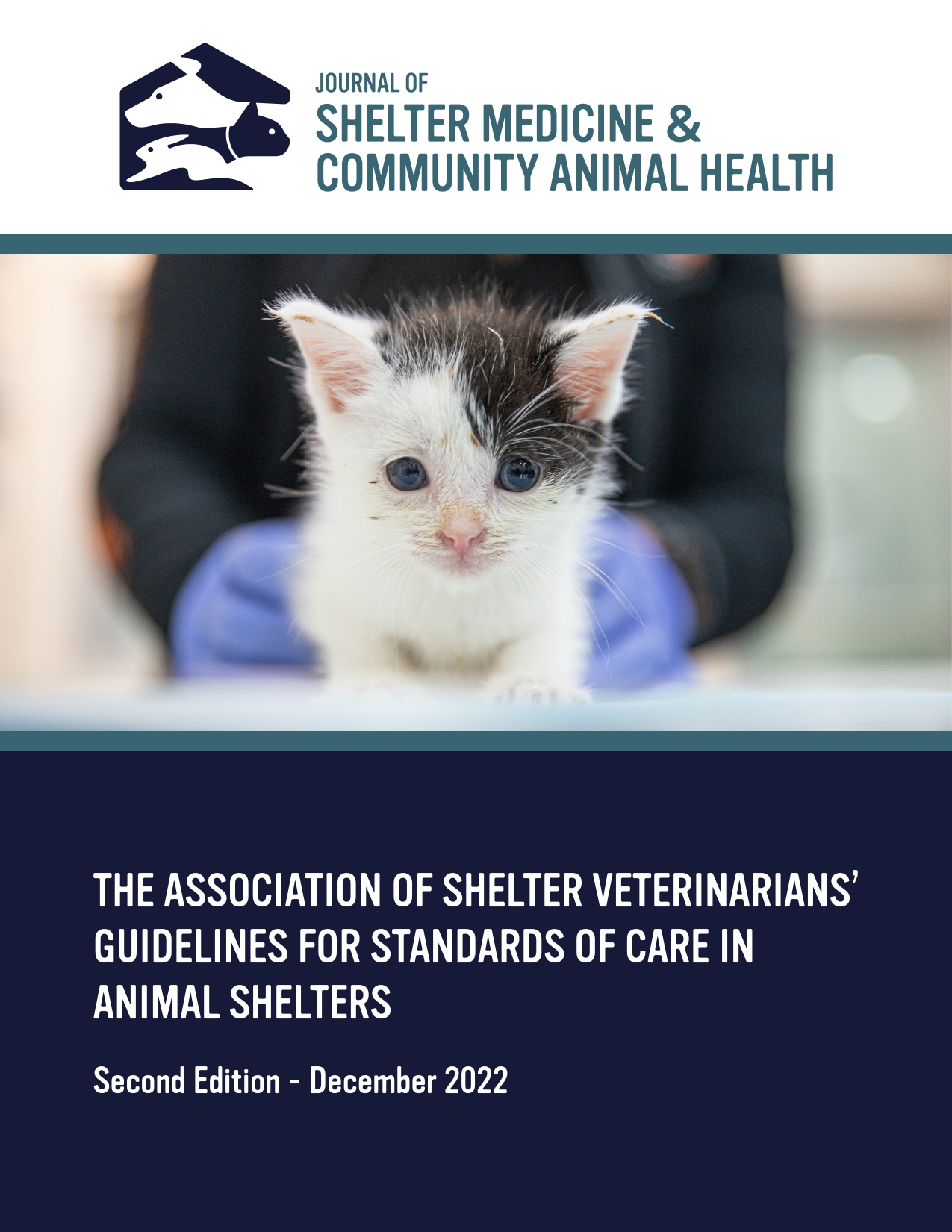Management of Free-Roaming Cat Populations In Slovakia: Attitudinal Perspectives of Residents Engaged With Unowned Cats – A Community Case Report
DOI:
https://doi.org/10.56771/jsmcah.v4.133Keywords:
felis catus, free-ranging cats, population management, volunteer caregivers, behavior change, education, trainingAbstract
Individuals working with unowned cats are key stakeholders in cat population management, yet comprehensive data on their involvement in Slovakia are lacking. This study aimed to characterize Slovaks engaged in unowned cat management through an online survey assessing demographics, attitudes toward management practices, challenges, and educational priorities. A total of 276 responses were analyzed, with most respondents being women (89%), 61% aged 31–50 years, and 52% involved in this work for less than 5 years. The majority (75%) were unaffiliated with any official organization.
Factor analysis revealed not only generalized views on domestic cat behavior but also conflicting attitudes toward population management. Cluster analysis using respondents’ factor scores identified a smaller subset (16%) who exhibited stronger opinions, suggesting greater emotional investment. Respondents expressed interest in further education, particularly Trap-Neuter-Return program planning and strategies for cats unsuitable for rehoming. Despite financial constraints being the main difficulty, education was largely accessible to most.
These findings highlight the potential benefits of training courses for volunteers, covering domestic cat biology, data collection, impact assessment, and financial planning. Such education could enhance decision-making and funding opportunities, ultimately supporting more effective urban cat management in Slovakia.
Downloads
References
1. International Companion Animal Management Coalition. Humane Cat Population Management Guidance. 2011. https://www.icam-coalition.org/download/humane-cat-population-management-guidance/. Accessed April 11, 2025.
2. Halls V, Bessant C. Managing cat populations based on an understanding of cat lifestyle and population dynamics. J Shelter Med Community Anim Health. 2023;2(S1):58. doi: 10.56771/jsmcah.v2.58
3. Halls V, Bessant C. Identifying solutions for ‘inbetweener’ cats. J Shelter Med Community Anim Health. 2023;2(S1):59. doi: 10.56771/jsmcah.v2.59
4. Rand J, Scotney R, Enright A, Hayward A, Bennett P, Morton J. Situational analysis of cat ownership and cat caring behaviors in a community with high shelter admissions of cats. Animals. 2024;14(19):2849. doi: 10.3390/ani14192849
5. De Ruyver C, Abatih E, Villa PD, et al. Public opinions on seven different stray cat population management scenarios in Flanders, Belgium. Res Vet Sci. 2021;136:209–219. doi: 10.1016/j.rvsc.2021.02.025
6. FEDIAF European Pet Food. FEDIAF Annual Report 2024. 2024. https://europeanpetfood.org/about/annual-report/. Accessed April 11, 2025.
7. FEDIAF European Pet Food. FEDIAF Annual Report 2023. 2023. https://europeanpetfood.org/about/annual-report/. Accessed April 11, 2025.
8. FEDIAF European Pet Food. FEDIAF Annual Report 2022. 2022. https://europeanpetfood.org/about/annual-report/. Accessed April 11, 2025.
9. Natoli E, Ziegler N, Dufau A, Pinto Teixeira M. Unowned free-roaming domestic cats: reflection of animal welfare and ethical aspects in animal laws in six European countries. J Appl Anim Ethics Res. 2019;2(1):38–56. doi: 10.1163/25889567-12340017
10. State Veterinary and Food Administration of the Slovak Republic. Schválené prevádzkarne (EU) – Karanténne stanice a útulky pre spoločenské zvieratá. Zoznam schválených karanténnych staníc a útulkov podľa §39 ods.11 zákona 39/2007 Z.z. vplatnom znení. https://zoznamy.svps.sk/default.asp?typ=zoznam-vet-schvalene&cmd=resetall&Zoznamy=ostatne&Sekcia=46&Cinnost=0&Podsekcia=0. Accessed April 11, 2025.
11. Neal SM, Wolf PJ. A cat is a cat: attachment to community cats transcends ownership status. J Shelter Med Community Anim Health. 2023;2(1):62. doi: 10.56771/jsmcah.v2.62
12. Centonze LA, Levy JK. Characteristics of free-roaming cats and their caretakers. J Am Vet Med Assoc. 2002;220(11):1627–1633. doi: 10.2460/javma.2002.220.1627
13. Gaarder E. Where the boys aren’t: the predominance of women in animal rights activism. Fem Form. 2011;23(2):54–76. doi: 10.1353/ff.2011.0019
14. Lofstedt J. Gender and veterinary medicine. Can Vet J. 2003;44(7):533–535.
15. Turner DC. A review of over three decades of research on cat-human and human-cat interactions and relationships. Behav Process. 2017;141:297–304. doi: 10.1016/j.beproc.2017.01.008
16. Mertens C. Human-cat interactions in the home setting. Anthrozoos. 1991;4(4):214–231. doi: 10.2752/089279391787057062
17. Finka LR, Ripari L, Quinlan L, et al. Investigation of humans individual differences as predictors of their animal interaction styles, focused on the domestic cat. Sci Rep. 2022;12(1):12128. doi: 10.1038/s41598-022-15194-7
18. Zito S, Vankan D, Bennett P, Paterson M, Phillips CJC. Cat ownership perception and caretaking explored in an internet survey of people associated with cats. PLoS One. 2015;10(7):e0133293. doi: 10.1371/journal.pone.0133293
19. Vasileva I, McCulloch SP. Attitudes and behaviours towards cats and barriers to stray cat management in Bulgaria. J Appl Anim Welf Sci. 2024;27(4):746–760. doi: 10.1080/10888705.2023.2186787
20. Van Patter L, Flockhart T, Coe J, et al. Perceptions of community cats and preferences for their management in Guelph, Ontario. Part I: a quantitative analysis. Can Vet J. 2019;60(1):41–47.
21. Finkler H, Terkel J. The contribution of cat owners’ attitudes and behaviours to the free-roaming cat overpopulation in Tel Aviv, Israel. Prev Vet Med. 2012;104(1–2):125–135. doi: 10.1016/j.prevetmed.2011.11.006
22. Ma GC, McLeod LJ, Zito SJ. Characteristics of cat semi-owners. J Feline Med Surg. 2023;25(9):1098612X231194225. doi: 10.1177/1098612X231194225
23. Sparkes AH, Bessant C, Cope K, et al. ISFM guidelines on population management and welfare of unowned domestic cats (Felis catus). J Feline Med Surg. 2013;15(9):811–817. doi: 10.1177/1098612X13500431
24. de Castro Travnik I, de Souza Machado D, da Silva Gonçalves L, Ceballos MC, Sant’anna AC. Temperament in domestic cats: a review of proximate mechanisms, methods of assessment, its effects on human – cat relationships, and one welfare. Animals. 2020;10(9):1–23. doi: 10.3390/ani10091516
25. Finka LR. Conspecific and human sociality in the domestic cat: consideration of proximate mechanisms, human selection and implications for cat welfare. Animals. 2022;12(3):298. doi: 10.3390/ani12030298
26. Ramírez Riveros D, González-Lagos C. Community engagement and the effectiveness of free-roaming cat control techniques: a systematic review. Animals. 2024;14(3):492. doi: 10.3390/ani14030492
27. McDonald JL, Clements J. Engaging with socio-economically disadvantaged communities and their cats: human behaviour change for animal and human benefit. Animals. 2019;9(4):175. doi: 10.3390/ani9040175
28. Spehar DD, Wolf PJ. An examination of an iconic trap-neuter-return program: the newburyport, massachusetts case study. Animals. 2017;7(11):81. doi: 10.3390/ani7110081
29. Spehar DD, Wolf PJ. A case study in citizen science: the effectiveness of a trap-neuter-return program in a Chicago neighborhood. Animals. 2018;8(1):14. doi: 10.3390/ani8010014
30. Cotterell JL, Rand J, Barnes TS, Scotney R. Impact of a local government funded free cat sterilization program for owned and semi-owned cats. Animals. 2024;14(11):1615. doi: 10.3390/ani14111615
31. Cotterell J, Rand J, Scotney R. Urban cat management in Australia – evidence-based strategies for success. Animals. 2025;15(8):1083. doi: 10.3390/ani15081083
32. Luzardo OP, Vara-Rascón M, Dufau A, Infante E, del Mar Travieso-Aja M. Four years of promising trap–neuter–return (TNR) in Córdoba, Spain: a scalable model for urban feline management. Animals. 2025;15(4):482. doi: 10.3390/ani15040482
33. Halls V, Ellis SLH, Bessant C. Outcomes for kittens born to free-roaming unowned cats. J Shelter Med Community Anim Health. 2023;2(S1):57. doi: 10.56771/jsmcah.v2.57
34. Karsh EB, Turner DC. The human-cat relationship. In: Turner DC, Bateson P (Editors). The Domestic Cat: The Biology of Its Behaviour. Cambridge, UK: Cambridge University Press; 1988, pp. 157–177.
35. Meagher RK. Observer ratings: validity and value as a tool for animal welfare research. Appl Anim Behav Sci. 2009;119(1–2):1–14. doi: 10.1016/j.applanim.2009.02.026
36. Festinger L. Cognitive dissonance. Sci Am. 1962;207(4):93–106. doi: 10.1038/scientificamerican1062-93
37. Anderson KA, Brandt JC, Lord LK, Miles EA. Euthanasia in animal shelters: management’s perspective on staff reactions and support programs. Anthrozoos. 2013;26(4):569–578. doi: 10.2752/175303713X13795775536057
38. Persson K, Selter F, Neitzke G, Kunzmann P. Philosophy of a ‘good death’ in small animals and consequences for euthanasia in animal law and veterinary practice. Animals. 2020;10(1):124. doi: 10.3390/ani10010124
39. Cooney K, Kipperman B. Ethical and practical considerations associated with companion animal euthanasia. Animals. 2023;13(3):430. doi: 10.3390/ani13030430
40. Spitznagel MB, Marchitelli B, Gardner M, Carlson MD. Euthanasia from the veterinary client’s perspective: psychosocial contributors to euthanasia decision making . Vet Clin North Am Small Anim Pract. 2020;50(3):591–605. doi: 10.1016/j.cvsm.2019.12.008
41. International Companion Animal Management Coalition. The Welfare Basis for Euthanasia of Dogs and Cats and Policy Development. https://www.icam-coalition.org/download/the-welfare-basis-for-the-euthanasia-of-dogs-and-cats-and-policy-development/. Accessed April 11, 2025.
42. British Veterinary Association. BVA Guide to Euthanasia. 2016. https://www.bva.co.uk/media/2981/bva_guide_to_euthanasia_2016.pdf. Accessed April 11, 2025.
43. Scotney R, Rand J, Rohlf V, Hayward A, Bennett P. The impact of lethal, enforcement-centred cat management on human wellbeing: exploring lived experiences of cat carers affected by cat culling at the Port of Newcastle. Animals. 2023;13(2):271. doi: 10.3390/ani13020271
44. Marston LC, Bennett PC. Admissions of cats to animal welfare shelters in Melbourne, Australia. J Appl Anim Welf Sci. 2009;12(3):189–213. doi: 10.1080/10888700902955948
45. Vonk J, Bouma EMC, Dijkstra A. A time to say goodbye: empathy and emotion regulation predict timing of end-of-life decisions by pet owners. Hum Anim Interact Bull. 2022;13(1):146–165. doi: 10.1079/hai.2022.0013
46. Eigner DR, Breitreiter K, Carmack T, et al. 2023 AAFP/IAAHPC feline hospice and palliative care guidelines. J Feline Med Surg. 2023;25(9):1098612X231201683. doi: 10.1177/1098612X231201683
47. Delgado M, Marcinkiewicz E, Rhodes P, Ellis SLH. Identifying barriers to providing daily playtime for cats: a survey-based approach using COM-B analysis. Appl Anim Behav Sci. 2024;280:106420. doi: 10.1016/j.applanim.2024.106420
48. Michie S, van Stralen MM, West R. The behaviour change wheel: a new method for characterising and designing behaviour change interventions. Implement Sci. 2011;6(42):1–11. doi: 10.1186/1748-5908-6-42

Additional Files
Published
Issue
Section
License
Copyright (c) 2025 Noema Gajdoš-Kmecová, Ann Enright, Ivana Božíková, Daniela Takáčová, Phil Assheton

This work is licensed under a Creative Commons Attribution 4.0 International License.









